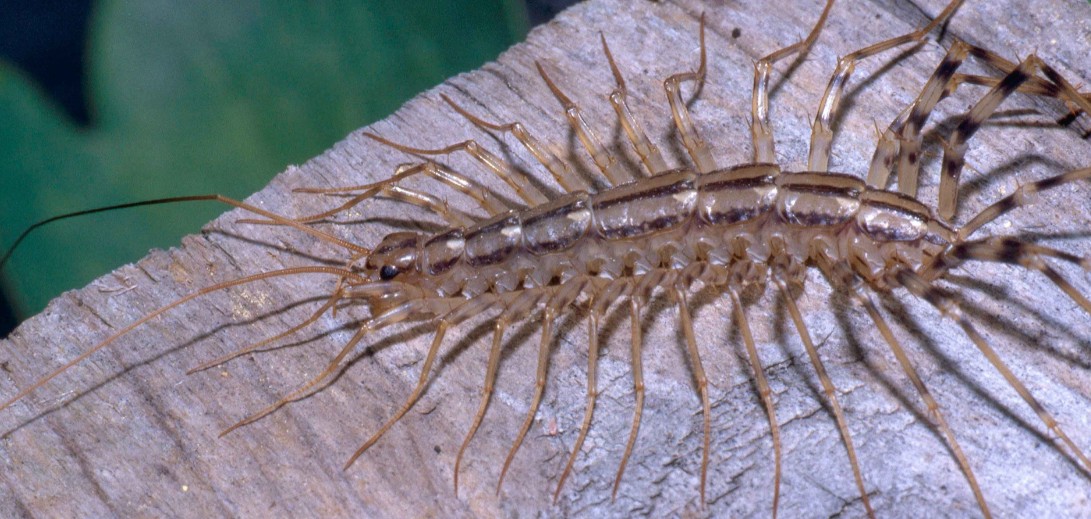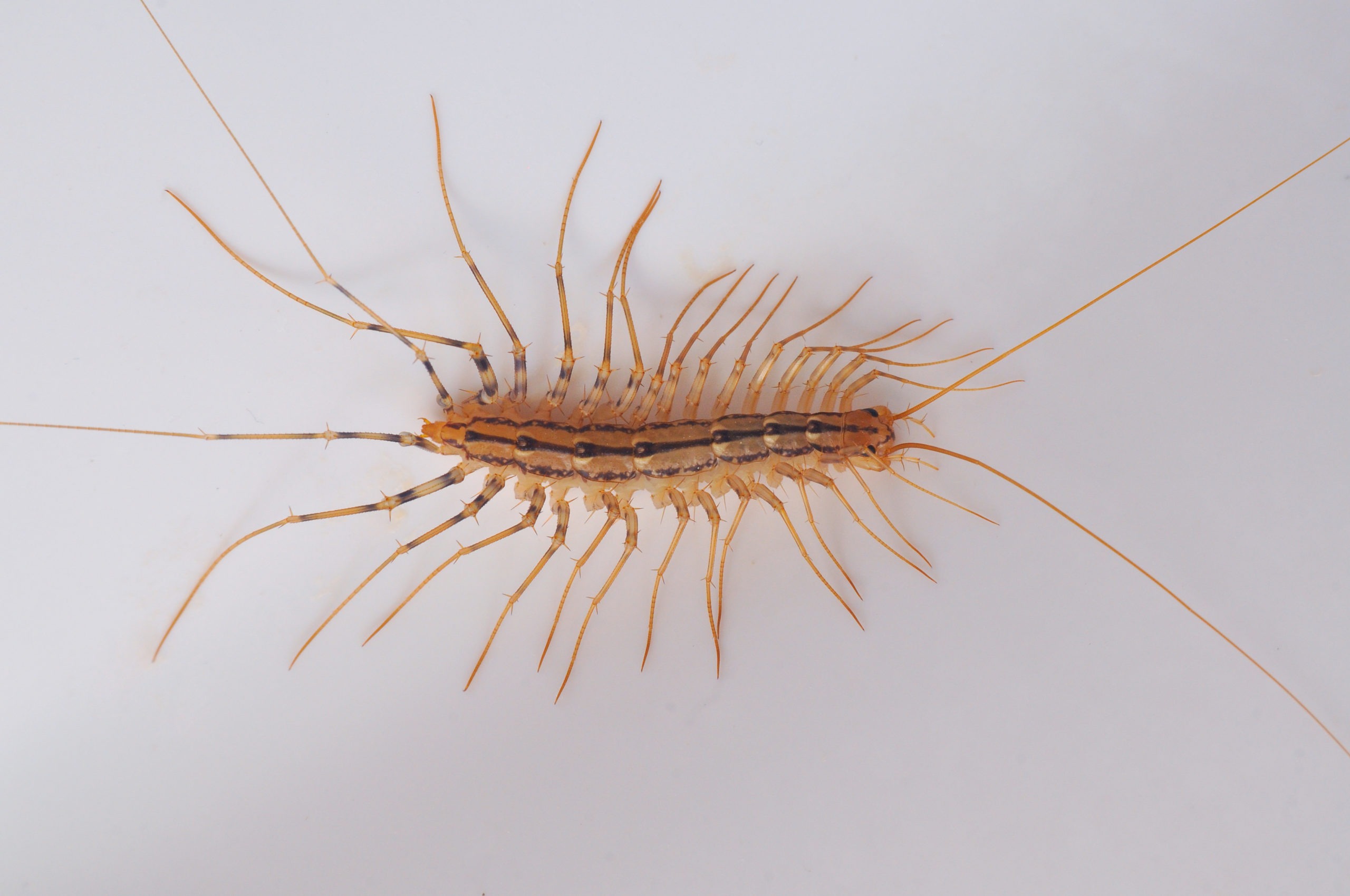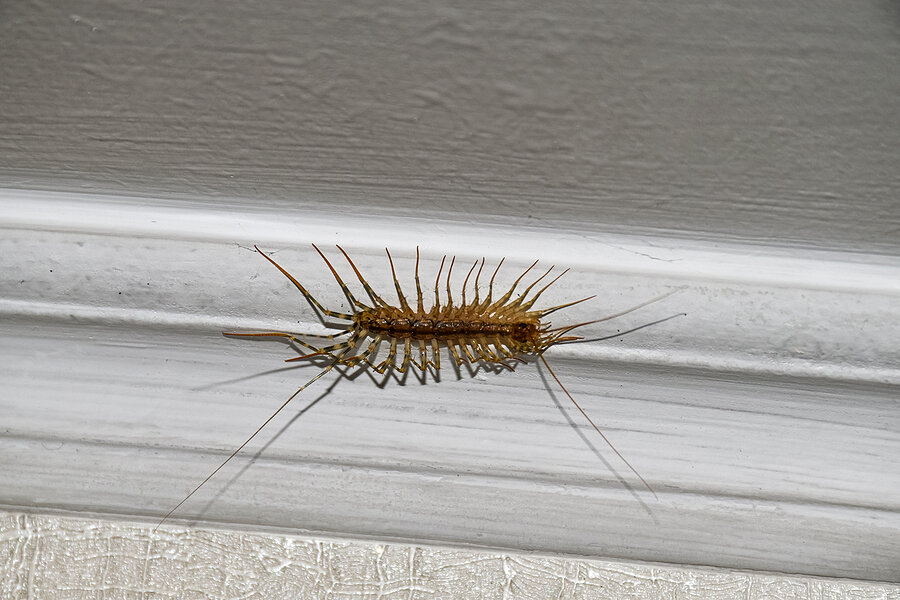Table Of Content

Unfortunately, Centipedes don’t leave any kind of trace that they are in a home, so it may be difficult to know that you have a large centipede infestation in the first place. Having Centipedes in your house may mean that there is a moisture problem, and/or a bug infestation, as these are 2 perfect conditions for centipedes. Since Centipedes are nocturnal, meaning they are active during the night, centipedes want to be well out of the way and hidden from other animals or humans during the day. This will be true for Centipedes living both inside and outside of your home.
Why are millipedes in my house? How do I get them out? - Raleigh News & Observer
Why are millipedes in my house? How do I get them out?.
Posted: Thu, 17 Jun 2021 07:00:00 GMT [source]
There are bugs in my bathroom sink with many legs
They will enter a house through cracks or openings in the foundation, so checking your home for unwanted entrances is crucial to establishing a pest-free home. Centipedes will be found where there is an ample supply of food for them to survive. Areas where these are in abundance will draw Centipedes to the area. Newly hatched larvae (which are rarely seen) have four pair of legs.
THE BEST IN PESTS.™
The house centipede moves very quickly and always seem to dart out in front of you when you're vulnerable, like when you're just out of the shower or carrying something fragile. For people who tend to be startled or frightened by insects, these leggy prehistoric-looking creatures are the stuff of nightmares. Centipedes, especially the house centipede, frequently enter homes and become a nuisance problem. Other species of centipedes are capable of causing a painful and sometimes deadly “bite.” Therefore, it is extremely important to know how centipedes can gain access into homes. Although you may not like the sight of house centipedes, they can be helpful in controlling more concerning pests. Getting rid of other pests from your house will go a long way toward reducing the number of house centipedes you see.
FAQ About Getting Rid of Centipedes
“All those hairs need to be kept clean, so they groom pretty regularly,” said Edgecombe. We back up our pest control recommendations with a detailed rating methodology that we use to objectively score each provider. Many natural pesticides work by dehydrating anything they touch, and you don’t want to accidentally kill any flowers or shrubs. Below, we’ll offer some details on centipedes to give you a better understanding of these creatures, and outline a few options for getting rid of centipedes in your home.
Video: 8 Ways to Outsmart Bed Bugs While Traveling
Centipedes are found in areas of high moisture, such as loose bark, in rotting logs, under stones, in trash or piles of leaves and grass. When they invade homes, centipedes are most commonly found in damp basements, crawlspaces, bathrooms or potted plants. Centipedes are sometimes called house centipedes or "hundred-leggers" because of their many pairs of legs. They are widely distributed throughout most of United States and the world. Centipedes are rarely seen by humans due to their nocturnal activity and the speed in which they move. Most centipedes live for more than a year and some up to six years.
She is also a Master Gardener with over 40+ years of experience and 20+ years of writing experience. Mary is also a member of The Spruce Gardening and Plant Care Review Board. If you have already seen centipedes near or around the bed, make sure that you shake out all of your bedding before going to sleep. Make sure that you also fix any leaks as this can bring moisture to an area that may be close to a crack. Getting rid of the Centipede’s source of food, means that the environment will not be ideal for Centipedes to want to stay. If inside, you can use vents, fans, or a dehumidifier to get rid of unwanted moisture in rooms.

What Do Centipedes Eat?
Centipedes have flat, elongated bodies, and range in size from ⅙ inches to 6½ inches long or longer. While their name means "100 legs", centipedes can have anywhere from 15 to 177 pairs of legs depending on the species, with each segment containing one pair. Centipedes are found in several colors, but brown and reddish-orange are the most common color patterns. If house centipedes become a problem, the best course of action is to seek the advice and assistance of your pest management professional (PMP). However, the chances of getting bitten by a house centipede are slim.
Do house centipedes have any benefits for my home, or should I eliminate them entirely?

This arthropod has venomous fangs that are so small the venom doesn’t pose much danger to humans. If you find one in the house, it will be in the basement or some other dark place. Consider yourself lucky, because it’s ridding your house of pesky insects. This centipede lives under any debris on the forest floor and may burrow into the soil if it’s soft and loose enough. It doesn’t have eyes and doesn’t bite, but does secrete a poisonous substance from its underside to subdue preys. Because it’s so small and its bite so ineffective, it doesn’t pose any threat to humans.
Keeping Centipedes out of your home can be tricky, but there are several sure fire ways to get them to leave your house. Centipedes feast on the other home invaders so many people do see them as a helpful hindrance and tend to leave them alone, at least for a while. Centipedes are also venomous, but their venom isn’t dangerous and at most will only cause mild irritation if the jaws break the skin at all. They do try to avoid human contact but if they have no other choice they will try to bite. Centipedes are also surprisingly fast and try to avoid any human contact so keep your eyes peeled.
To avoid attracting bugs at night, make sure that blinds are closed and lights are turned off. The bugs will be attracted to the lights, and the centipedes will be attracted to the bugs. Make sure that you are keeping track of any and all spots that retain moisture, as these can be spots for centipedes to congregate or move towards.
House centipedes are natural pest killers, so they aren’t the worst bug to have around your house. If you encounter one and want it gone, try using a cup and a sheet of paper to remove it from your home. The average egg clutch of a house centipede can range from , and the larvae look like much smaller versions of the adults. Unlike many short-lived insects, the house centipede can live for 3-7 years in a peaceful environment. Keep it clean and dry, and eliminate the insects centipedes feed on. Seal the foundation and baseboards with caulk, and affix insect-proof sweeps to the bottoms of doors.
This doesn’t bode well for folks who can’t stand bugs, of course. Centipedes can lay up to 60 eggs at a time in moist soil or a forgotten pile of moist leaves. Indoors, Centipedes will stay under shelves, boxes, or other items. If centipedes can find these within an unused room in your house it’s even better. They may be hiding within piles of wood, or under construction equipment that has been left out for a while. The easiest way to fix this problem is to make sure that the moisture is reduced.
If you do happen to catch and hold a centipede and anger it enough, it can give a sting that hurts less than a bee sting. It’s a localized sting and doesn’t offer lasting pain or problems unless you’re prone to severe reactions. They can’t regulate their temperature or stay hydrated, so it’s essential that wherever they live has lots of humidity and a warmer temperature. They can’t survive cold winters outside, so they must find a warm and stable environment. These many legs give them a hairy appearance, and it can be unsettling to see them moving about at great speed.

No comments:
Post a Comment